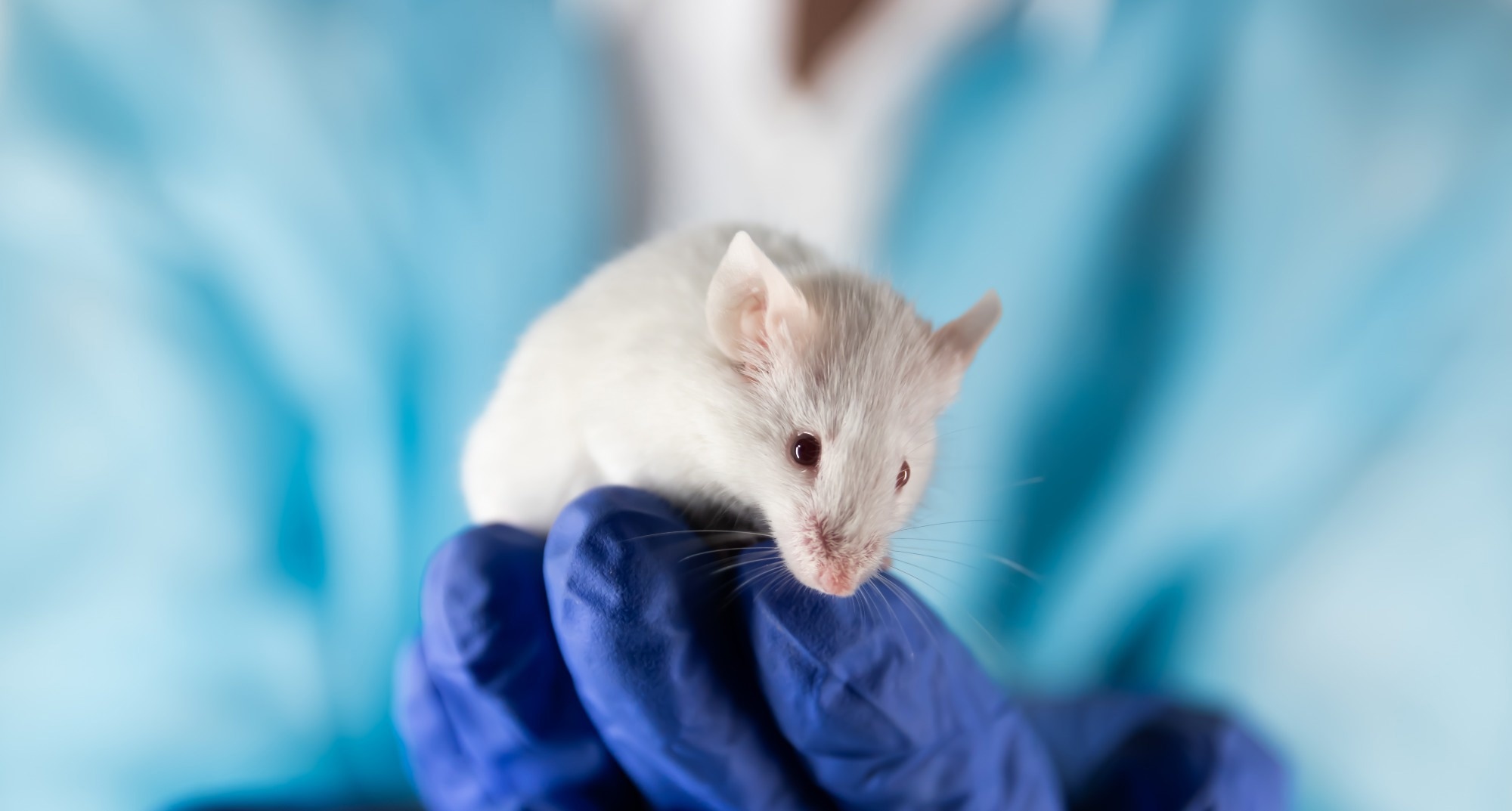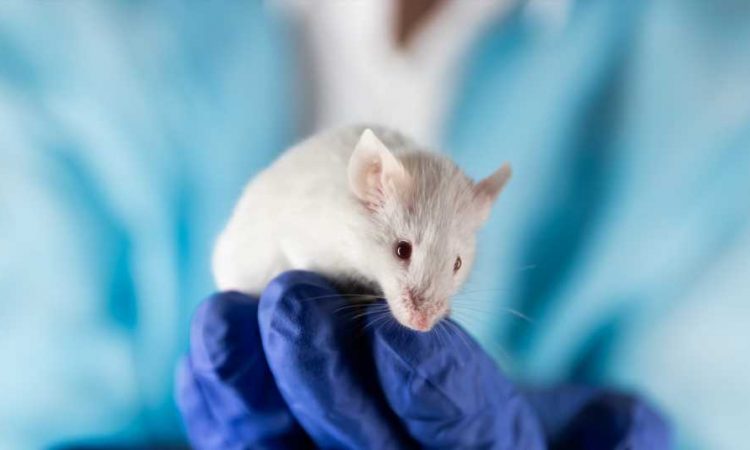In a recent study posted to the bioRxiv* preprint server, researchers performed age-reversing experiments, in vivo and in vitro, in progeroid mice using gene therapy.

Genetics & Genomics eBook

They used the Yamanaka, a cocktail of transcription factors, OCT4 (O), SOX2 (S), and KLF4 (K) (OSK) for their gene therapy-mediated partial reprogramming study. They systemically delivered Adeno-associated virus (AAV) vectors, encoding the doxycycline-inducible OSK system, in mice. Further, they observed keratinocytes expressing OSK to identify epigenetic markers of aging reversal.
Background
The rapidly growing world population is increasing the societal burden. Moreover, aging raises the threat of contracting several fatal human diseases. Thus, it is urgent and crucial to identify anti-aging interventions to reverse or defer the aging process.
Although longevity, i.e., increasing the ‘lifespan,’ is a feasible goal, whose golden standard biomarker is time to death. However, it does not improve their quality of life or health span.
On the contrary, age reversal could restore the aging effects at the genetic level and increase health and lifespan. Another issue with anti-aging interventions is cycle time, which requires waiting for a living being to die. Even in mice, testing anti-aging interventions can take six months to three years.
Takahashi and Yamanaka in 2006 showed that somatic cells could go back to a pluripotent state, thereby shaking off the paradigm of unidirectional differentiation. In the 4F-progeroid mouse model, doxycycline induced partial reprogramming of the OSK cassette. A reverse tetracycline transactivator (rtTA) drove this process and extended the lifespan of 4F-progeroid mice. Furthermore, this study showed a correlation between the epigenetic profile of tissues and improved function. The researchers, Horvath and Raj, assessed this using epigenetic methylation clocks.
About the study
In the present study, researchers generated a two-component AAV9 vector system having doxycycline-inducible OSK, of which one vector carried rtTa and the other a polycistronic OSK expression cassette. They also selected AAV9 capsid for maximal distribution of vectors to most mouse tissues. For these experiments, the team used 124-week-old wild-type C57BL6/J mice, equivalent to ~77 years in human age, who they retro-orbitally (RO) injected with phosphate buffer saline (PBS) or 1E12 vector genomes (vg) of each AAV9 system. The total dosage for each test animal was ~6E13 vg/kg. After a day, the team induced both mouse groups with doxycycline, alternating weekly on/off cycles till the animal lived.
Clinicians widely use a frailty index (FI) to measure aging-related increased susceptibility to adverse health outcomes, where higher scores indicate age-related health deficits or a frail state. The researchers used a similar index for FI measurements in mice. Methylation patterns of genomic deoxyribonucleic acid (DNA) or epigenetic age is a renowned aging biomarker. They decouple chronological age from the functionality of cells and tissues, concomitantly reflecting aging and health deficits in an individual.
Finally, the team expressed OSK in HEK001 keratinocytes retrieved from the scalp of a 65-year-old patient. They used immunoblotting to assess the exogenous OSK in these keratinocytes transduced with a lentivirus.
Study findings
The researchers observed an extraordinary 109% extension in average remaining life due to OSK expression. Accordingly, control and TRE-OSK mice had 8.86 and 18.5 weeks of extended remaining lives, respectively. Further, the researchers noted a median lifespan of ~133 and 142.5 weeks for doxycycline-treated control and TRE-OSK mice, respectively. Since there was no substantial change in the median survival of mice, it suggested that doxycycline had no adverse or beneficial effects.
Furthermore, the reduction in the FI for doxycycline-treated control mice was 7.5 points, and for TRE-OSK mice was six points, indicating that an increased lifespan represented better health. Furthermore, the DNA isolated from heart and liver tissue pointed at reduced epigenetic age of test animals per the Lifespan Uber Clock (LUC). Most importantly, the researchers observed no teratoma formation in their cyclically induced OSK paradigm.
While aging cannot currently be prevented, its impact on life and healthspan can be minimized by interventions that aim to return gene expression networks to optimal function. The study results suggest that partial reprogramming could be a potential treatment in the elderly for reversing age-associated diseases and could extend human lifespan.”
Noah Davidsohn, Ph.D., Chief Scientific Officer, and Co-Founder, Rejuvenate Bio
Conclusions
Together, the study data suggested that AAV-mediated gene therapy delivered OSK increased lifespan in mice, other health parameters, and reversed epigenetic aging biomarkers in human cells. The authors advocated for follow-up monitoring studies in large animals to assess the safety and effectiveness of partial genetic reprogramming studies. The results of these studies would determine whether therapeutic rejuvenation in aging humans in specific age-related diseases and health and lifespan extension would be feasible and safe.
*Important notice
bioRxiv publishes preliminary scientific reports that are not peer-reviewed and, therefore, should not be regarded as conclusive, guide clinical practice/health-related behavior, or treated as established information.
- Carolina Cano Macip, Rokib Hasan, Victoria Hoznek, Jihyun Kim, Louis E. Metzger IV, Saumil Sethna, Noah Davidsohn. (2023). Gene Therapy Mediated Partial Reprogramming Extends Lifespan and Reverses Age-Related Changes in Aged Mice. bioRxiv. doi: https://doi.org/10.1101/2023.01.04.522507 https://www.biorxiv.org/content/10.1101/2023.01.04.522507v1
Posted in: Medical Science News | Medical Research News | Disease/Infection News
Tags: Aging, Biomarker, Capsid, DNA, Gene, Gene Expression, Gene Therapy, Genetic, Genomic, Heart, in vitro, in vivo, Lentivirus, Liver, Mouse Model, pH, Somatic Cells, Tetracycline, Transcription, Transcription Factors, Virus

Written by
Neha Mathur
Neha is a digital marketing professional based in Gurugram, India. She has a Master’s degree from the University of Rajasthan with a specialization in Biotechnology in 2008. She has experience in pre-clinical research as part of her research project in The Department of Toxicology at the prestigious Central Drug Research Institute (CDRI), Lucknow, India. She also holds a certification in C++ programming.
Source: Read Full Article
